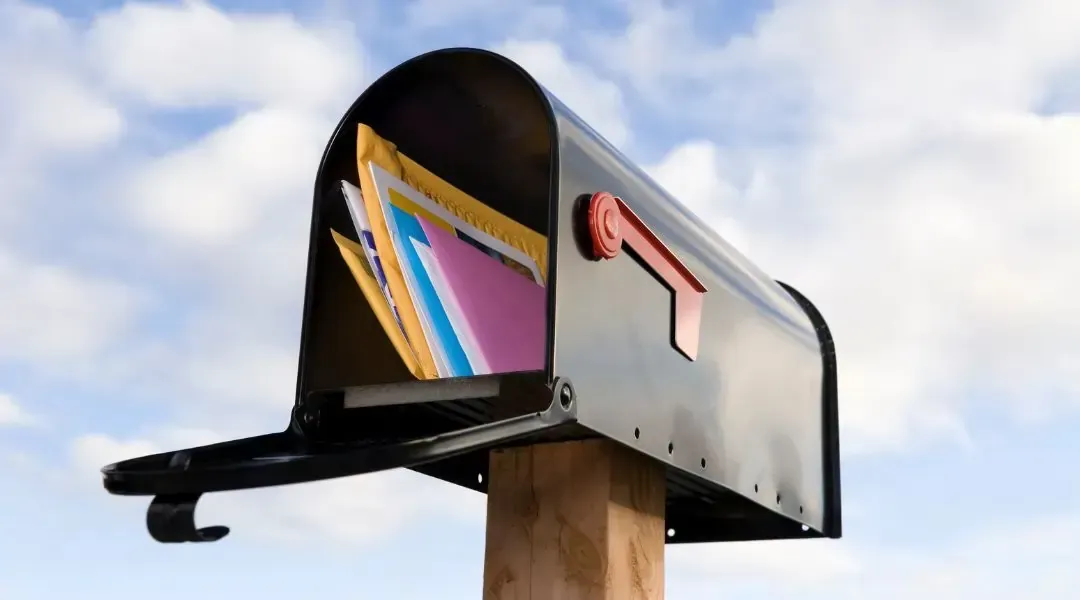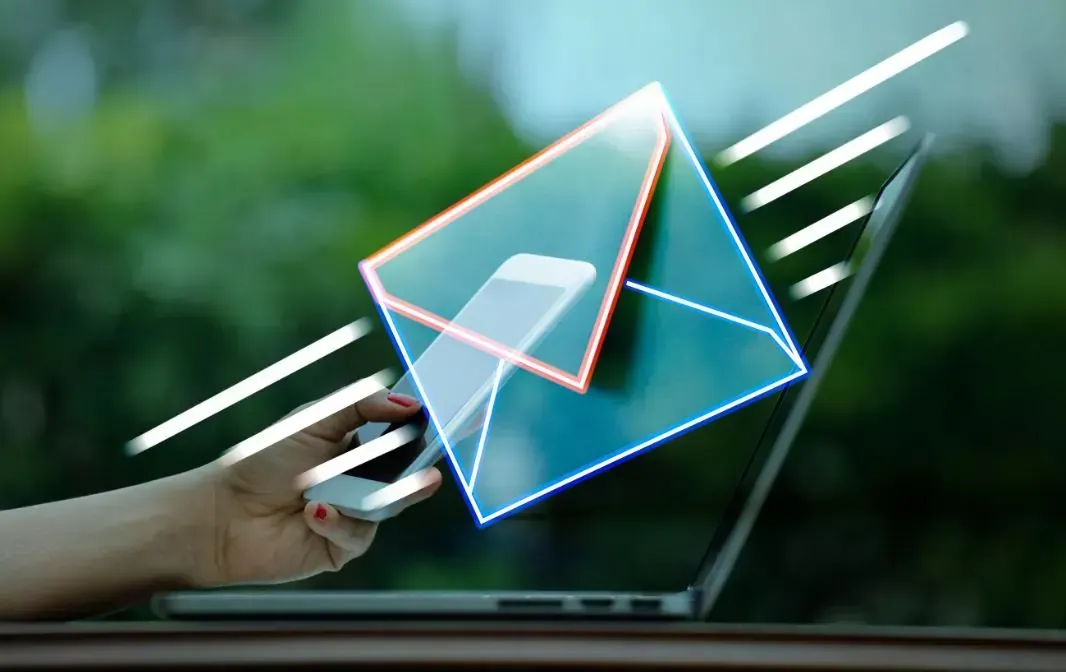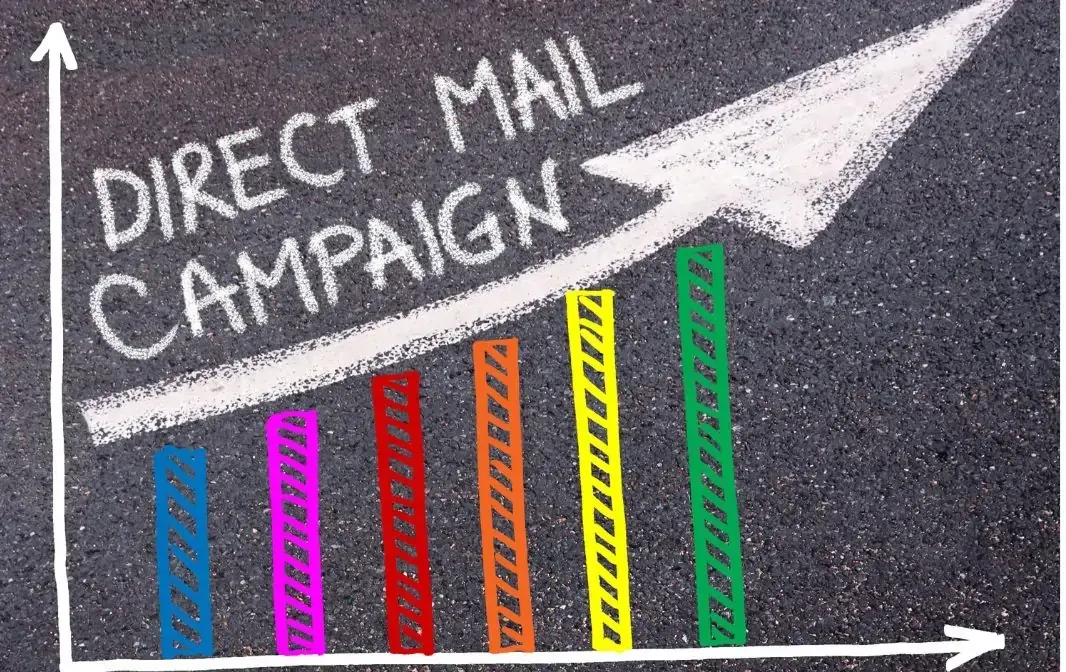
Omnichannel Approach: Integrating Postcards with Digital Marketing for Maximum Patient Engagement

In today's competitive dental market, combining traditional and digital marketing channels can significantly boost patient engagement and lead to more appointments. By integrating postcards with digital marketing, dental practices can create a seamless, memorable experience that keeps their practice top-of-mind. This comprehensive guide explores the benefits of an omnichannel approach, provides actionable tips for merging postcards with your digital strategies, and offers case studies on effective integration.
Why Integrate Postcards with Digital Marketing?
Enhanced Patient Engagement
Postcards are tangible and memorable, creating a personal touch often missing from purely digital methods. When integrated with digital marketing, postcards can help build a more engaging patient journey that is both comprehensive and enjoyable.
Increased Reach
Postcards enable you to reach patients who may not be highly active online, while digital channels target a tech-savvy audience. This dual strategy ensures you capture attention across demographics and reach a broader patient base.
Higher Conversion Rates
Research shows that combining postcards with digital campaigns can boost response rates. According to the Data & Marketing Association, direct mail has a response rate of 9%, significantly higher than the 1% response rate typical for email campaigns.
Better Tracking and Analytics
Integrating postcards with digital tools enables comprehensive tracking and analytics, allowing you to better understand which strategies perform best and refine campaigns based on real-time data.
Tips for Integrating Postcards with Digital Marketing
1. Create a Cohesive Message
Ensure that your postcards and digital campaigns deliver a consistent message. Use similar colors, designs, and calls-to-action (CTAs) to provide a unified brand experience, strengthening brand recall and trust.
2. Personalize Your Campaigns
Personalization is crucial in both direct mail and digital marketing. Use patient data to create tailored postcards and digital messages, enhancing relevance and engagement. Personalized communication makes patients feel valued and improves their connection to your practice.
3. Incorporate QR Codes and PURLs
Add QR codes or personalized URLs (PURLs) to your postcards, directing patients to a landing page with more information or an appointment booking system. This connects offline efforts with digital engagement, creating a seamless journey from postcard to digital interaction.
4. Use Postcards for Follow-Up
Follow-up postcards can reinforce your message after initial contact through email or ads. For instance, send a reminder postcard following a digital ad campaign to increase engagement and keep your services top-of-mind for patients.
5. Leverage Automated Systems
Marketing automation platforms like HubSpot or Mailchimp streamline your campaigns, making it easier to schedule, monitor, and track both postcards and digital marketing efforts in one place.
Case Studies: Successful Integration of Postcards and Digital Marketing
Case Study 1: Dental Practice A
Dental Practice A implemented an omnichannel approach by sending personalized postcards featuring a QR code that directed patients to a website offer page. The postcard campaign resulted in a 25% increase in appointment bookings and higher engagement across their digital platforms.
Case Study 2: Dental Office B
Dental Office B used postcards to remind patients of upcoming appointments, including a link to a virtual consultation service. This integration helped reduce no-show rates by 30% and encouraged patients to use their online services, streamlining appointment management.
Benefits of an Omnichannel Approach in Dental Marketing
Improved Patient Retention
Patients receiving consistent communication across multiple channels are more likely to remain loyal. An omnichannel approach allows dental practices to maintain an ongoing relationship with patients, improving retention.
Enhanced Brand Awareness
Combining postcards with digital channels keeps your brand top-of-mind, increasing the likelihood of word-of-mouth referrals and brand recall, especially when coupled with regular online engagement.
Efficient Resource Utilization
By uniting postcards and digital marketing, dental practices can maximize their marketing budget, reaching a larger audience without significantly increasing costs. Efficiently using both channels reduces marketing waste and enhances ROI.
Advanced Keyword Research for Dental Marketing
To boost your omnichannel strategy, incorporate these high-impact keywords:
- Dental marketing strategies
- Integrating direct mail with digital marketing
- Omnichannel dental marketing
- Personalized dental marketing
- Dental patient engagement
- Increasing dental appointments
- Dental marketing automation
These keywords can improve search engine rankings, attract organic traffic, and provide valuable insights into patient engagement preferences.
Optimizing for Voice Search
With the rise of voice-activated search, optimizing content for voice queries is essential. Consider these strategies:
- Use Conversational Language: Incorporate natural, conversational phrases to capture the types of queries people might ask aloud.
- Answer Patient Questions Directly: Address common questions related to dental care and your practice to increase chances of voice search visibility.
- Long-Tail Keywords: Include longer keyword phrases, as voice searches often include more detailed queries.
- Mobile-Friendly Website: Ensure your website is optimized for mobile use and loads quickly to improve performance on voice search.
FAQs
Q1. How can postcards enhance my dental marketing efforts?
A: Postcards add a personal touch and can engage patients who may not frequently use online platforms. They reinforce digital messages and foster increased engagement.
Q2. What should I include on my postcards?
A: Ensure a clear, concise message with personalized elements, QR codes or PURLs, and a compelling CTA. Align the design with digital materials to maintain brand consistency.
Q3. How do I track the effectiveness of postcard campaigns?
A: Utilize tracking tools like QR codes, PURLs, or unique phone numbers to monitor responses. Integrate postcard data with your digital marketing analytics to gain a comprehensive view of campaign performance.
Q4. Can postcards help reduce no-show rates?
A: Yes, reminder postcards can help decrease no-show rates by keeping appointment dates top-of-mind for patients, improving attendance.
Q5. What are cost-effective ways to integrate postcards with digital marketing?
A: Use marketing automation tools, focus on a cohesive design, and personalize messages. These methods ensure seamless collaboration between postcards and digital efforts, optimizing resources.
Integrating postcards with digital marketing creates a powerful strategy for enhancing patient engagement and increasing appointments. By adopting an omnichannel approach, dental practices can build cohesive, effective marketing campaigns that appeal to a wider audience and yield better results. Implement these integration strategies to see improvements in practice growth, patient loyalty, and overall satisfaction.

XPRESS INC is a direct mail and marketing company focusing on small to medium business marketing strategies with a niche in dentists and dental specialists.
All Rights Reserved | Xpress Inc





















